Popular on Food52
7 Comments
Randy M.
August 12, 2015
When removing the skin, lay the fillet skin side down. Then use the knife tip to slice an arc around the rib bones. Then slide the knife blade between the fillet and skin
Moura M.
September 27, 2014
I filet and skin my fish with an electric knife , as do all the serious anglers I know. This way is slow and a lot of work.
Trine M.
September 25, 2014
Nooo! Many small cuts=ragged filet. Start near the head behind fin and cut down across the body. Angle the knife towards the tail and follow the backbone towards the tail. Stop just shy of the tail and flip the filet over, skin side down. Slip the knife against the skin and slice to remove.
George P.
August 2, 2014
Sushi knife still not flexible enough to perform job as well as SS filet or boning blade!
Philip
January 12, 2014
Perhaps you should also show how to skin the filets.. Using the flexible blade filet knife. Place the filet skin side down, grasp the thin/ tail end of the filet and the knife blade at a shallow 40 degree angle... Pull in a slight cytting/ sawing motion and you will get skin free filets with little flesh left on the skin.
foodie-pretense
August 27, 2013
Using a filet knife, as opposed to the rigid chef's knife pictures, will make this task much easier.
Camille B.
August 31, 2013
The knife pictured is a Japanese carbon steel fish/sushi knife from Kikuichi. Long and thin making it ideal for filleting for sure ;)
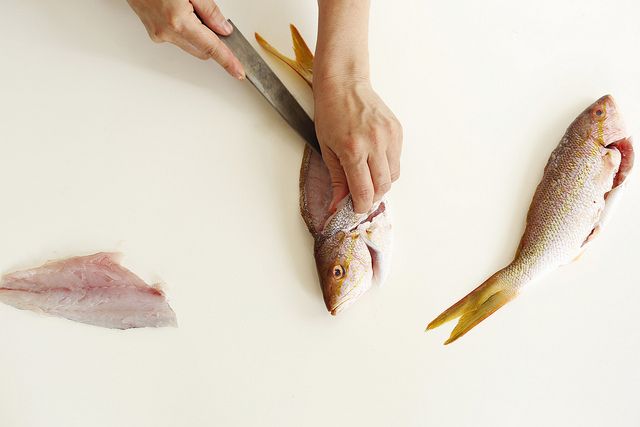
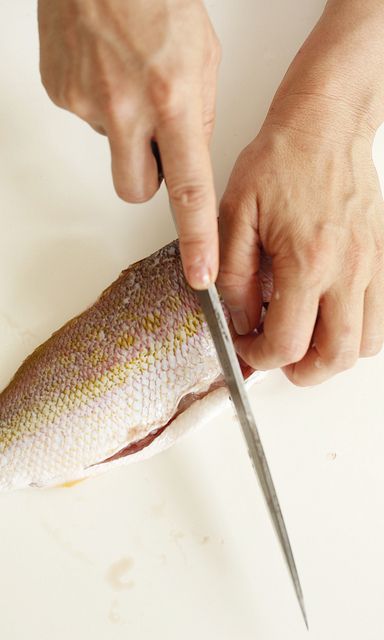
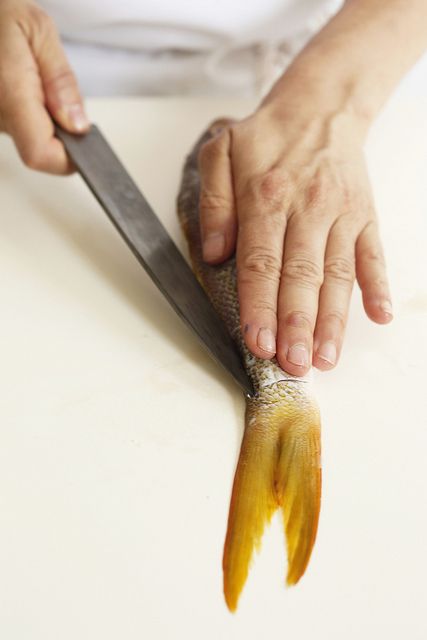
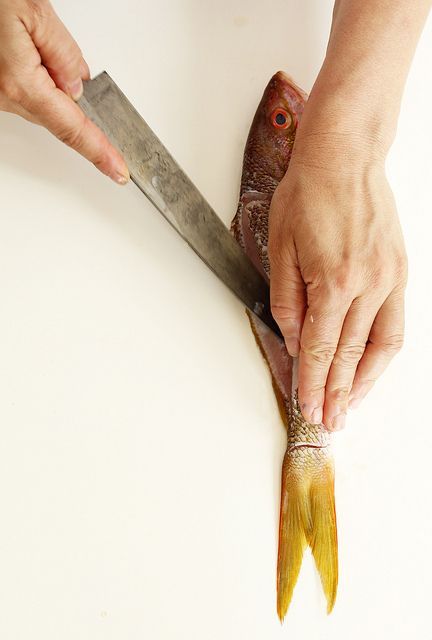

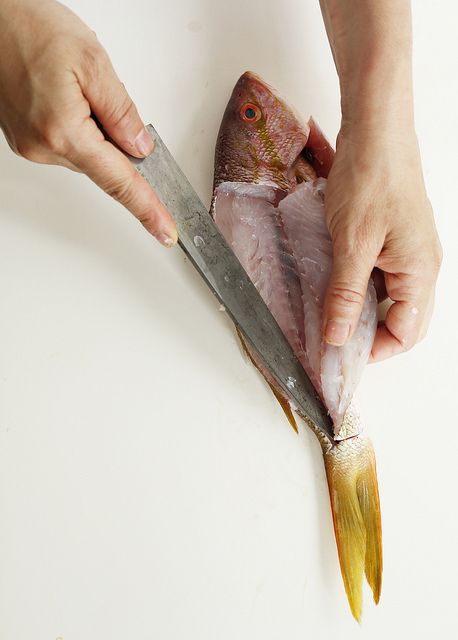

See what other Food52 readers are saying.